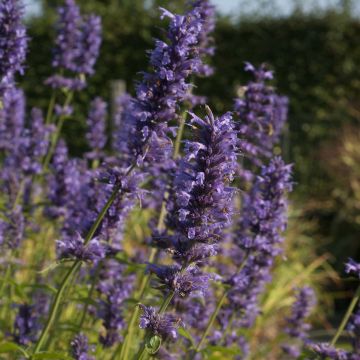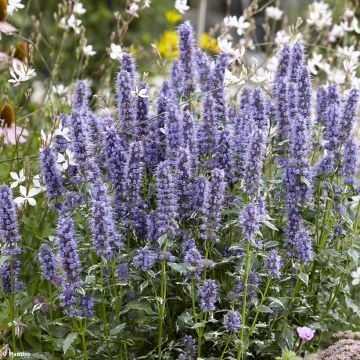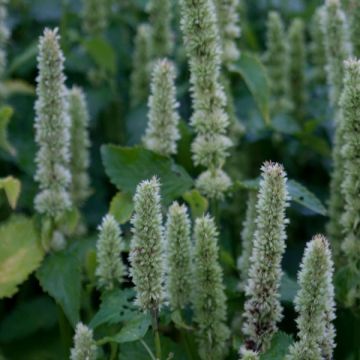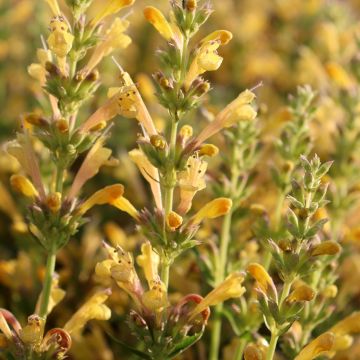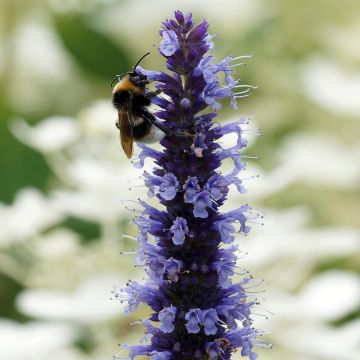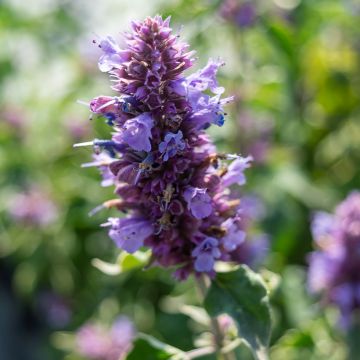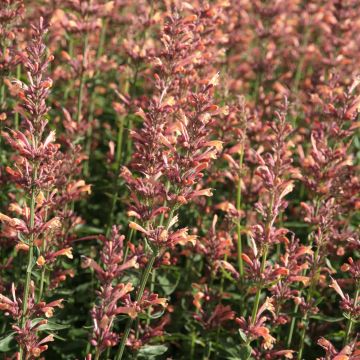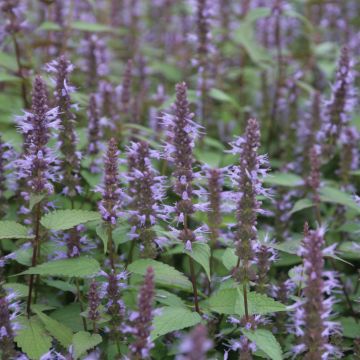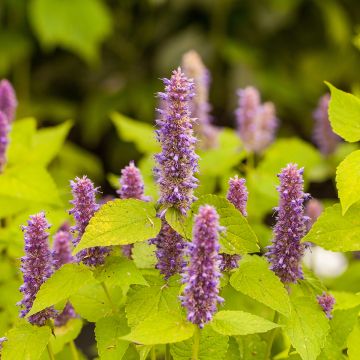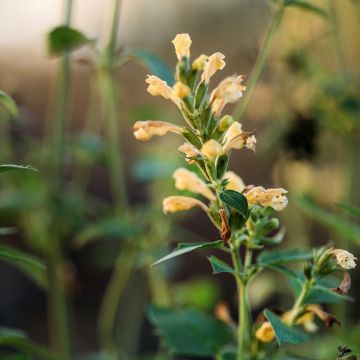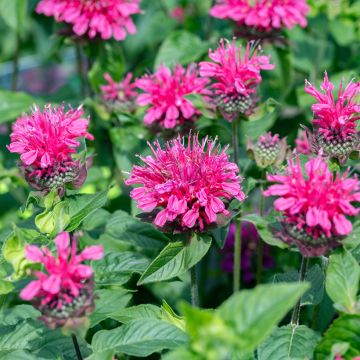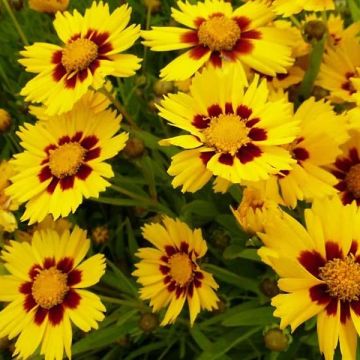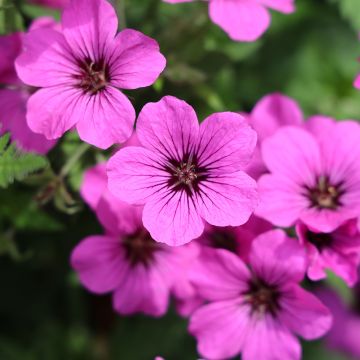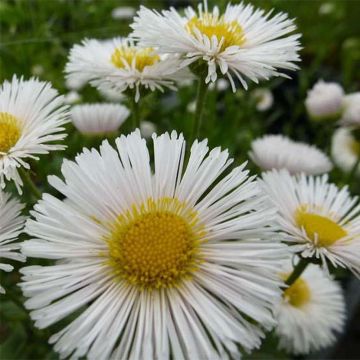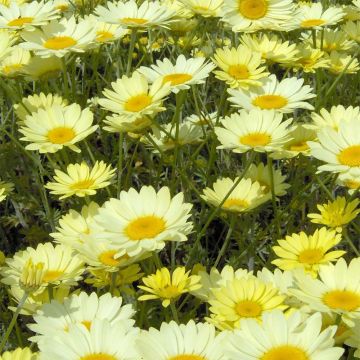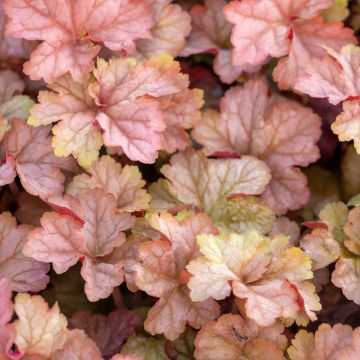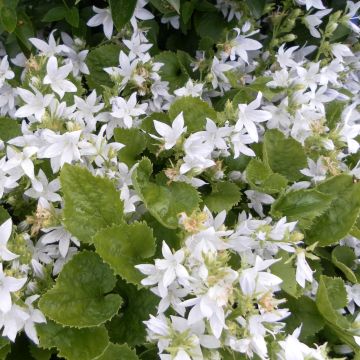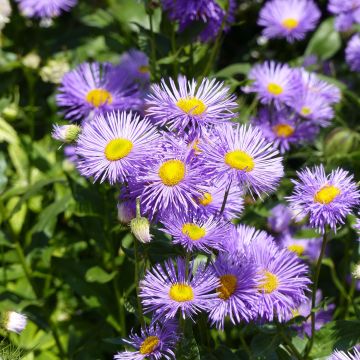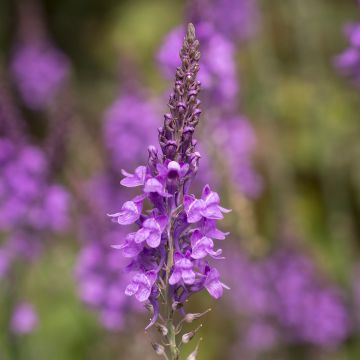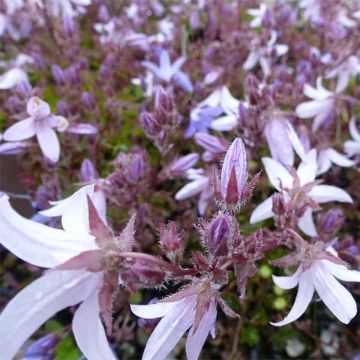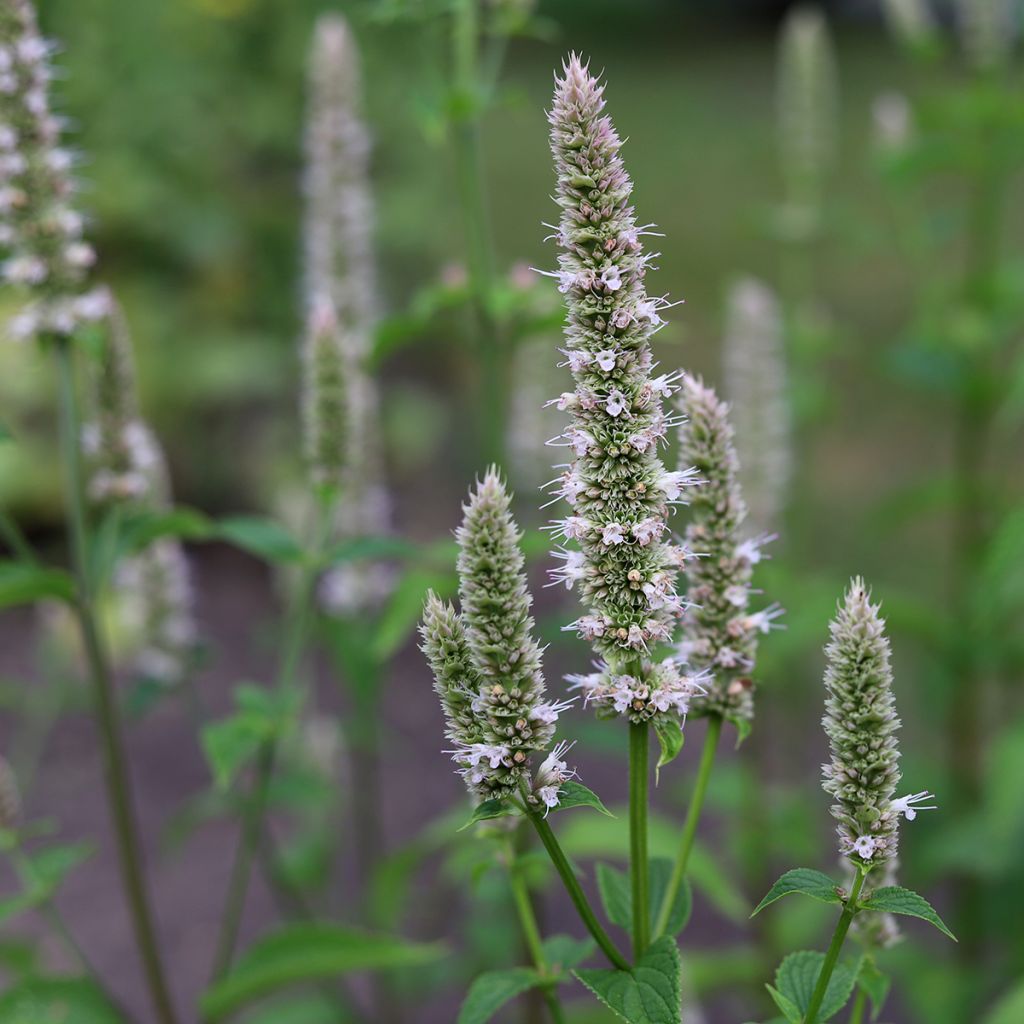

Agastache nepetoides Fuji no Yuki
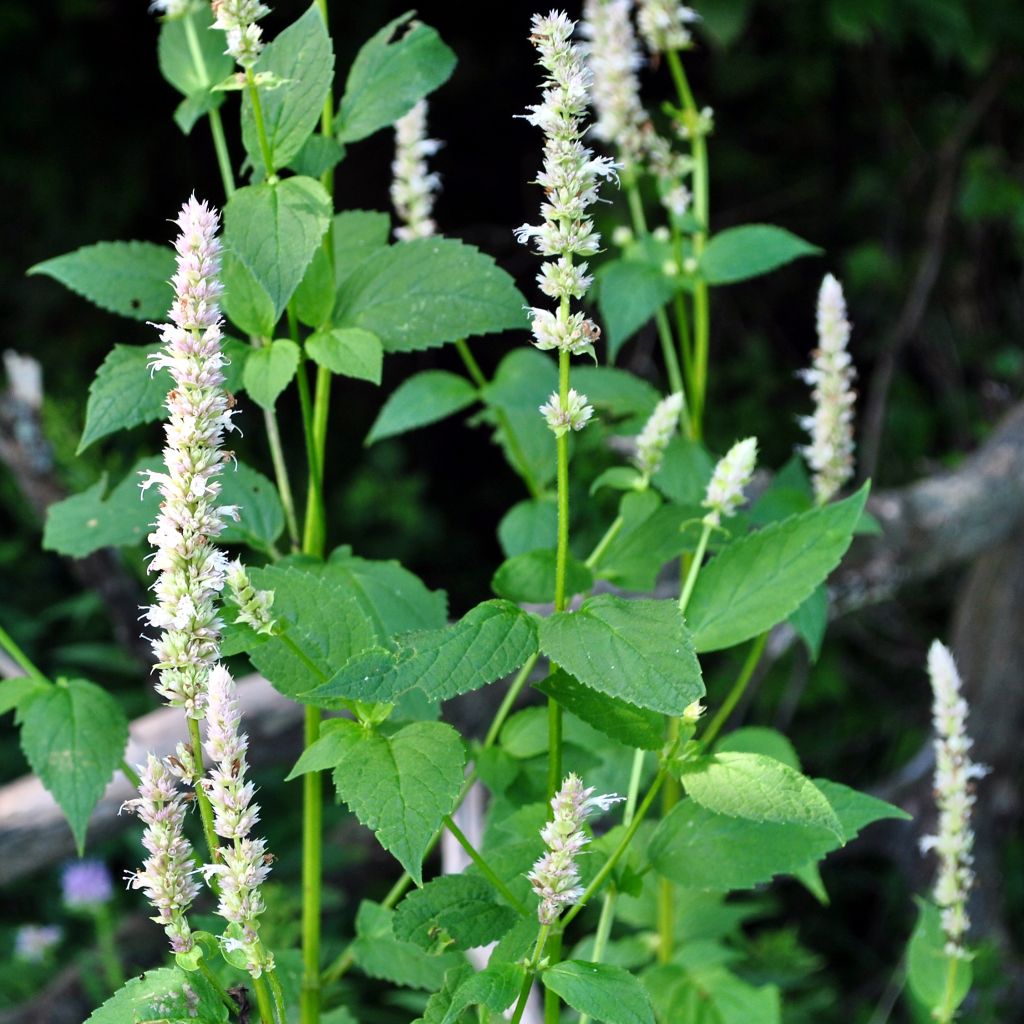

Agastache nepetoides Fuji no Yuki
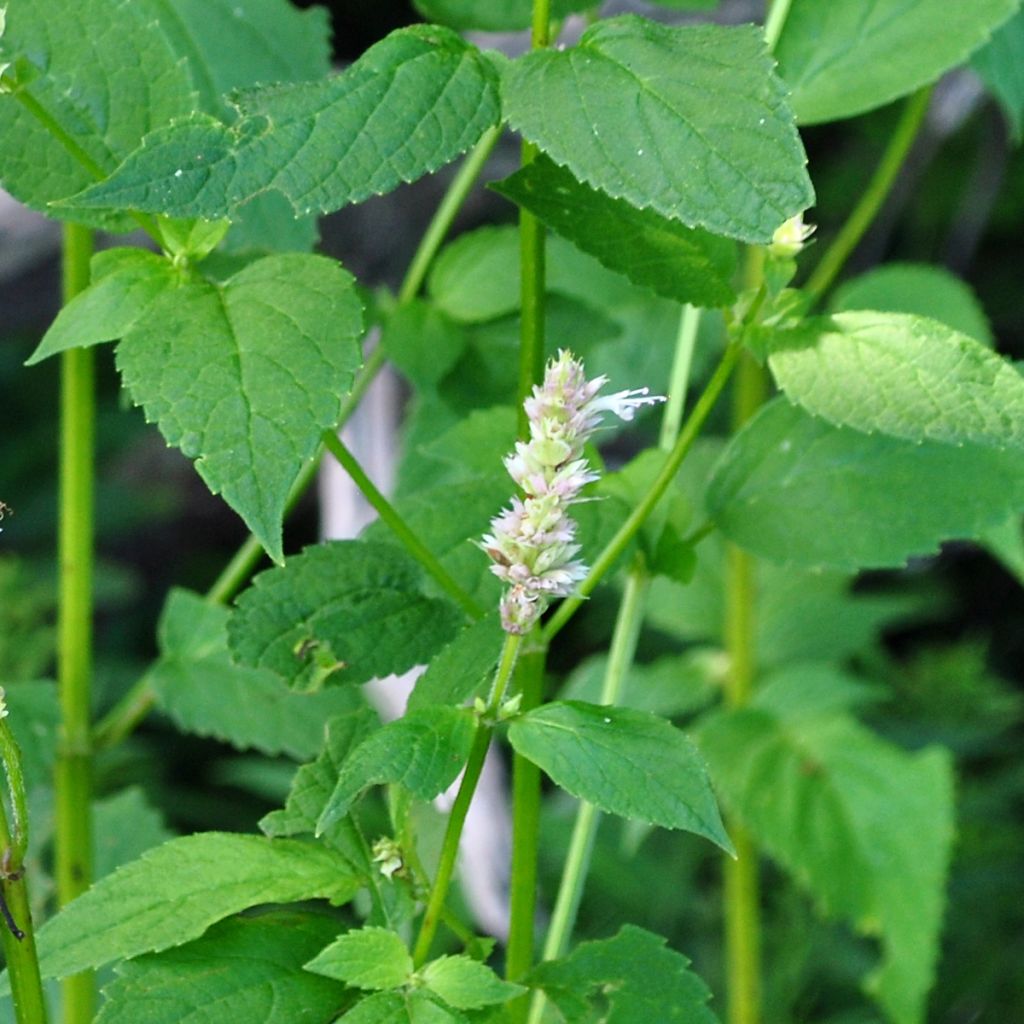

Agastache nepetoides Fuji no Yuki
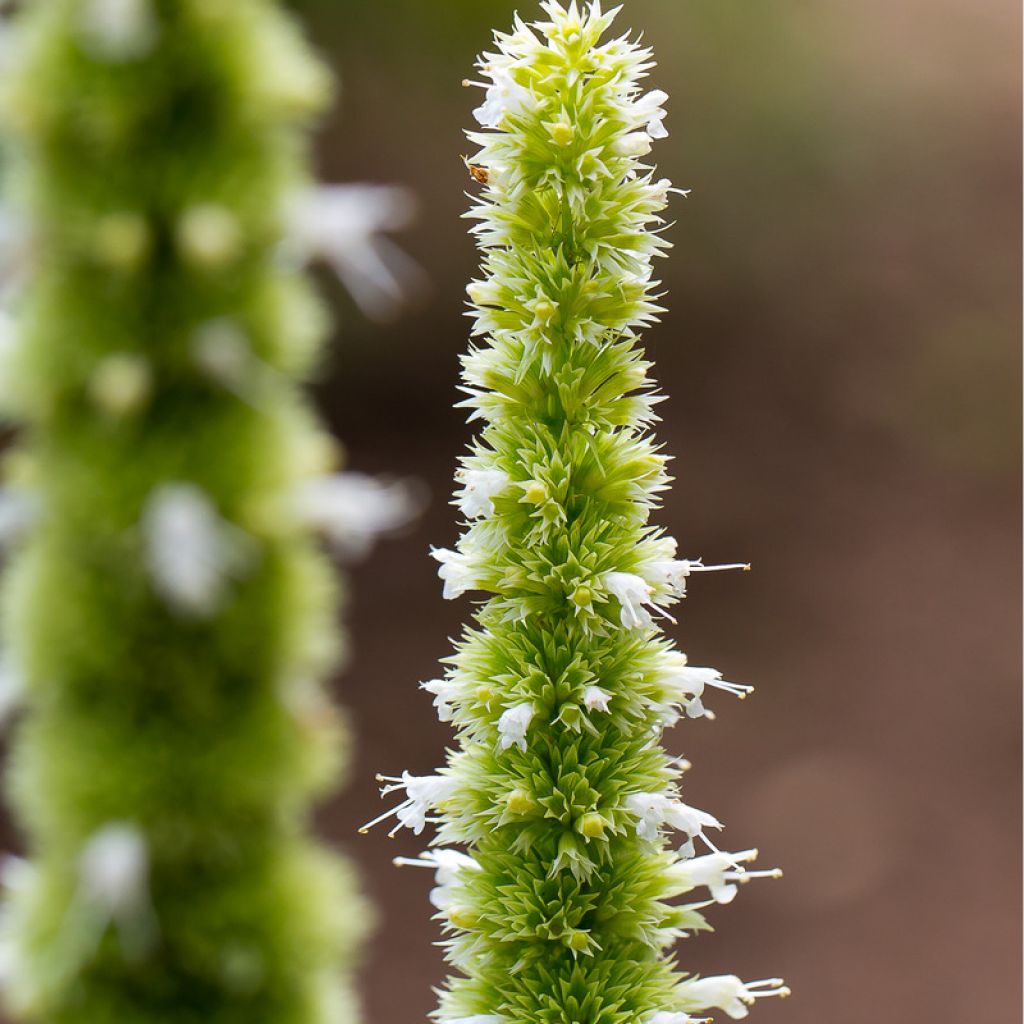

Agastache nepetoides Fuji no Yuki
Agastache nepetoides Fuji no Yuki
Agastache nepetoides
Yellow Giant Hyssop
no recovery
Marie-Andrée, 01/05/2020
This item cannot be shipped to the selected country
Delivery charge from €5.90
More information
Schedule delivery date,
and select date in basket
This plant carries a 12 months recovery warranty
More information
We guarantee the quality of our plants for a full growing cycle, and will replace at our expense any plant that fails to recover under normal climatic and planting conditions.
From €5.90 for pickup delivery and €6.90 for home delivery
Express home delivery from €8.90.
Does this plant fit my garden?
Set up your Plantfit profile →
Description
The Agastache nepetoides, commonly known as the giant hyssop in the United States, is a rather rare giant species in European gardens despite its ease of cultivation. This perennial forms a quite spectacular clump in perennial borders, large rockeries, and finds its place in naturalistic settings. It will be appreciated for its long summer to autumn flowering in thin and dense spikes, ranging from chartreuse yellow to whitish, highly visited by bees and other pollinators. Less aromatic than other agastaches, its large slightly hairy leaves are quite decorative. Undemanding, robust, and very hardy, this species enjoys full sun to partial shade and well-drained, moist to drier soils. Short-lived, it readily self-seeds in light soil.
Agastache nepetoides belongs to the Lamiaceae family, it is a cousin of mints and salvias. It is a large deciduous herbaceous plant, perennial from its stump, with above-ground vegetation that disappears in winter. It is native to North America (Connecticut, Vermont, Pennsylvania, Missouri etc.), where it is occasionally found in clearings, at the foot of cliffs, on forest edges, on slopes and rocky areas. It particularly thrives in damp groves, fields, or roadside locations, in habitats disturbed by human activity. This species adapts to various soils, but prefers well-drained ones.
The plant forms an upright clump that can exceed 1.50 m (5ft) in height, supported by square and hairy stems with rather triangular leaves, 10-15 cm (4-6in) long, coarsely toothed at the edges, hairy on the underside, dark green in colour. The leaves are paired at each node on the stems. When crushed, they release a light menthol scent. The leaves located at the top of the stems are smaller. Flowering occurs from July to October, and continues until the first frosts. At the end of the branched floral stems, cylindrical and elongated clusters appear, measuring up to 6 cm (2in) long. Each cluster is composed of numerous small flowers with 5 petals and prominent stamens tightly packed together. The flowers open in a yellow-green colour and gradually turn to an uncertain white tone. After pollination by insects, the flowers give way to small fruits, 1.5 to 2 mm (1in) long, which do not open at maturity.
In a slightly wild area of the garden, or in a large rockery, combine this tall agastache with Schizachyrium scoparium 'Blue Heaven', Galega, catchflies, 'Buenos Aires verbena, tall yarrows, Helianthus salicifolius, or H. decapetalus 'Plenus', for example, as they are equally robust plants that have their place in a garden that makes room for nature. Echinaceas as well as tall mulleins will also be lovely companions for this quite spectacular plant.
Report an error about the product description
Agastache nepetoides Fuji no Yuki in pictures
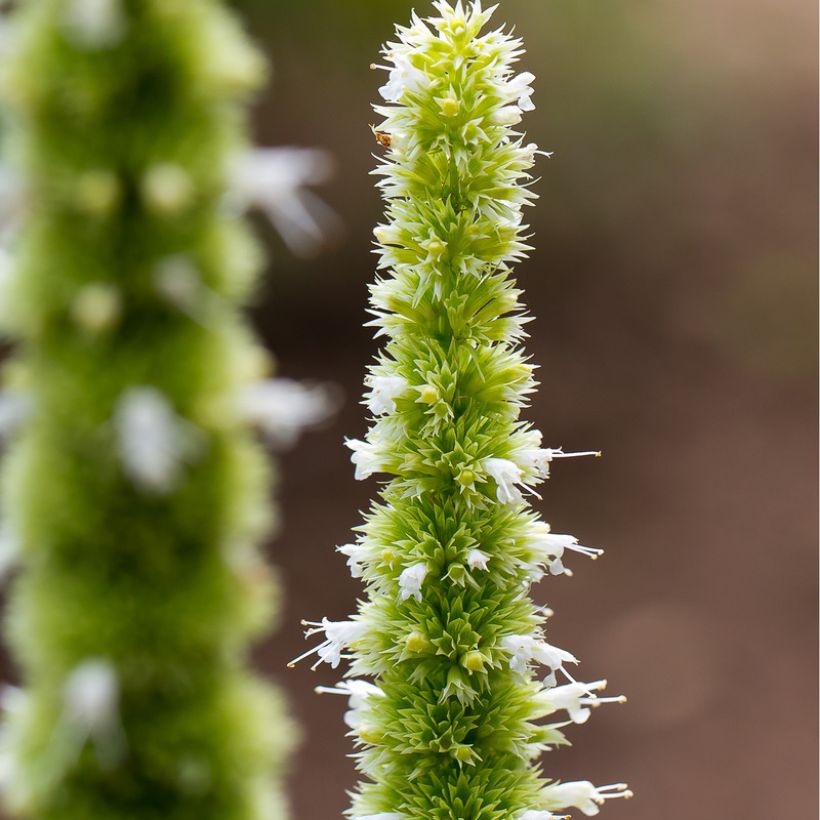

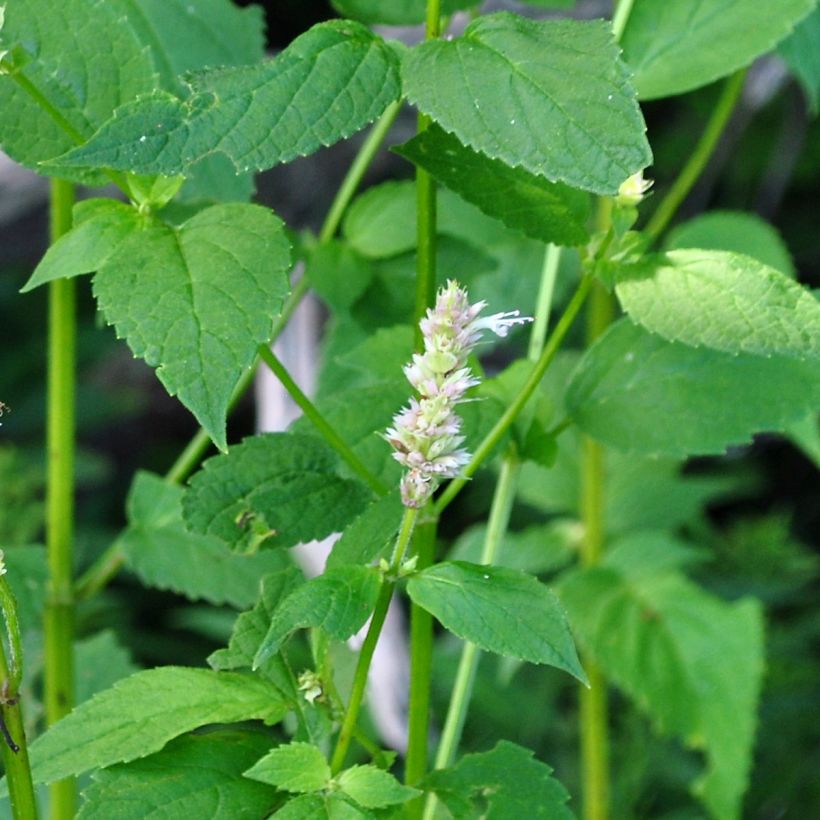

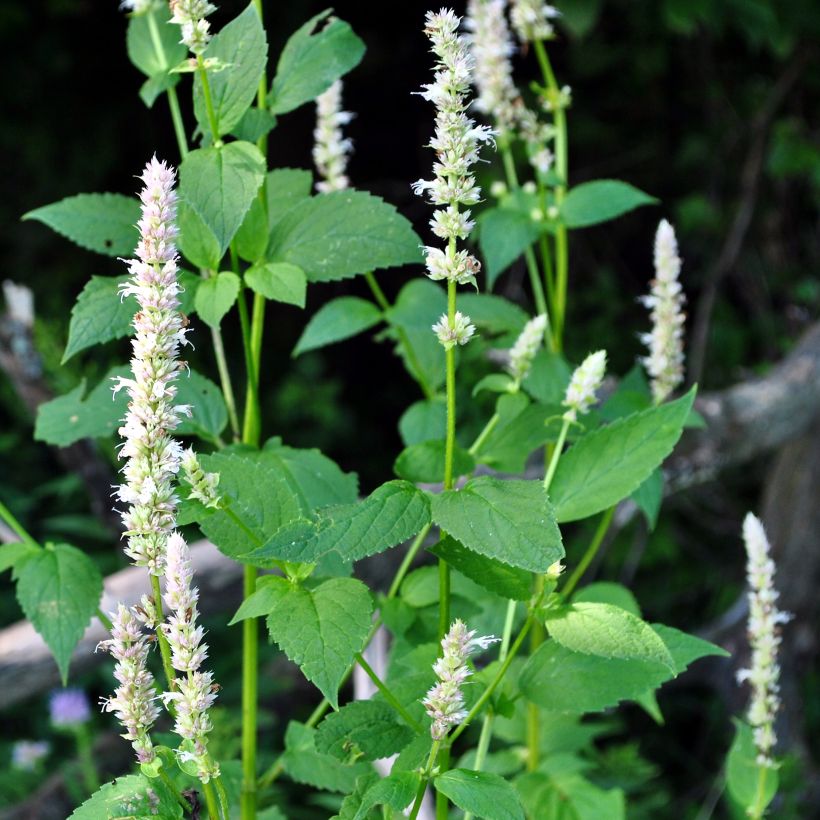

Flowering
Foliage
Plant habit
Botanical data
Agastache
nepetoides
Lamiaceae
Yellow Giant Hyssop
North America
Other Agastache
Planting and care
Plant Agastache nepetoides preferably in spring in very humid regions, or in early autumn elsewhere. Choose a sunny or semi-shaded exposure. This plant succeeds in any type of well-drained, limestone, neutral or acidic soil, not too poor however and sufficiently deep to accommodate its roots. Once established, it tolerates rather dry soils in summer. Its cold resistance is excellent. This fast-growing but short-lived perennial can easily self-seed in light soil.
Planting period
Intended location
Care
-
, onOrder confirmed
Reply from on Promesse de fleurs
Fast maturing perennials
Haven't found what you were looking for?
Hardiness is the lowest winter temperature a plant can endure without suffering serious damage or even dying. However, hardiness is affected by location (a sheltered area, such as a patio), protection (winter cover) and soil type (hardiness is improved by well-drained soil).

Photo Sharing Terms & Conditions
In order to encourage gardeners to interact and share their experiences, Promesse de fleurs offers various media enabling content to be uploaded onto its Site - in particular via the ‘Photo sharing’ module.
The User agrees to refrain from:
- Posting any content that is illegal, prejudicial, insulting, racist, inciteful to hatred, revisionist, contrary to public decency, that infringes on privacy or on the privacy rights of third parties, in particular the publicity rights of persons and goods, intellectual property rights, or the right to privacy.
- Submitting content on behalf of a third party;
- Impersonate the identity of a third party and/or publish any personal information about a third party;
In general, the User undertakes to refrain from any unethical behaviour.
All Content (in particular text, comments, files, images, photos, videos, creative works, etc.), which may be subject to property or intellectual property rights, image or other private rights, shall remain the property of the User, subject to the limited rights granted by the terms of the licence granted by Promesse de fleurs as stated below. Users are at liberty to publish or not to publish such Content on the Site, notably via the ‘Photo Sharing’ facility, and accept that this Content shall be made public and freely accessible, notably on the Internet.
Users further acknowledge, undertake to have ,and guarantee that they hold all necessary rights and permissions to publish such material on the Site, in particular with regard to the legislation in force pertaining to any privacy, property, intellectual property, image, or contractual rights, or rights of any other nature. By publishing such Content on the Site, Users acknowledge accepting full liability as publishers of the Content within the meaning of the law, and grant Promesse de fleurs, free of charge, an inclusive, worldwide licence for the said Content for the entire duration of its publication, including all reproduction, representation, up/downloading, displaying, performing, transmission, and storage rights.
Users also grant permission for their name to be linked to the Content and accept that this link may not always be made available.
By engaging in posting material, Users consent to their Content becoming automatically accessible on the Internet, in particular on other sites and/or blogs and/or web pages of the Promesse de fleurs site, including in particular social pages and the Promesse de fleurs catalogue.
Users may secure the removal of entrusted content free of charge by issuing a simple request via our contact form.
The flowering period indicated on our website applies to countries and regions located in USDA zone 8 (France, the United Kingdom, Ireland, the Netherlands, etc.)
It will vary according to where you live:
- In zones 9 to 10 (Italy, Spain, Greece, etc.), flowering will occur about 2 to 4 weeks earlier.
- In zones 6 to 7 (Germany, Poland, Slovenia, and lower mountainous regions), flowering will be delayed by 2 to 3 weeks.
- In zone 5 (Central Europe, Scandinavia), blooming will be delayed by 3 to 5 weeks.
In temperate climates, pruning of spring-flowering shrubs (forsythia, spireas, etc.) should be done just after flowering.
Pruning of summer-flowering shrubs (Indian Lilac, Perovskia, etc.) can be done in winter or spring.
In cold regions as well as with frost-sensitive plants, avoid pruning too early when severe frosts may still occur.
The planting period indicated on our website applies to countries and regions located in USDA zone 8 (France, United Kingdom, Ireland, Netherlands).
It will vary according to where you live:
- In Mediterranean zones (Marseille, Madrid, Milan, etc.), autumn and winter are the best planting periods.
- In continental zones (Strasbourg, Munich, Vienna, etc.), delay planting by 2 to 3 weeks in spring and bring it forward by 2 to 4 weeks in autumn.
- In mountainous regions (the Alps, Pyrenees, Carpathians, etc.), it is best to plant in late spring (May-June) or late summer (August-September).
The harvesting period indicated on our website applies to countries and regions in USDA zone 8 (France, England, Ireland, the Netherlands).
In colder areas (Scandinavia, Poland, Austria...) fruit and vegetable harvests are likely to be delayed by 3-4 weeks.
In warmer areas (Italy, Spain, Greece, etc.), harvesting will probably take place earlier, depending on weather conditions.
The sowing periods indicated on our website apply to countries and regions within USDA Zone 8 (France, UK, Ireland, Netherlands).
In colder areas (Scandinavia, Poland, Austria...), delay any outdoor sowing by 3-4 weeks, or sow under glass.
In warmer climes (Italy, Spain, Greece, etc.), bring outdoor sowing forward by a few weeks.

































